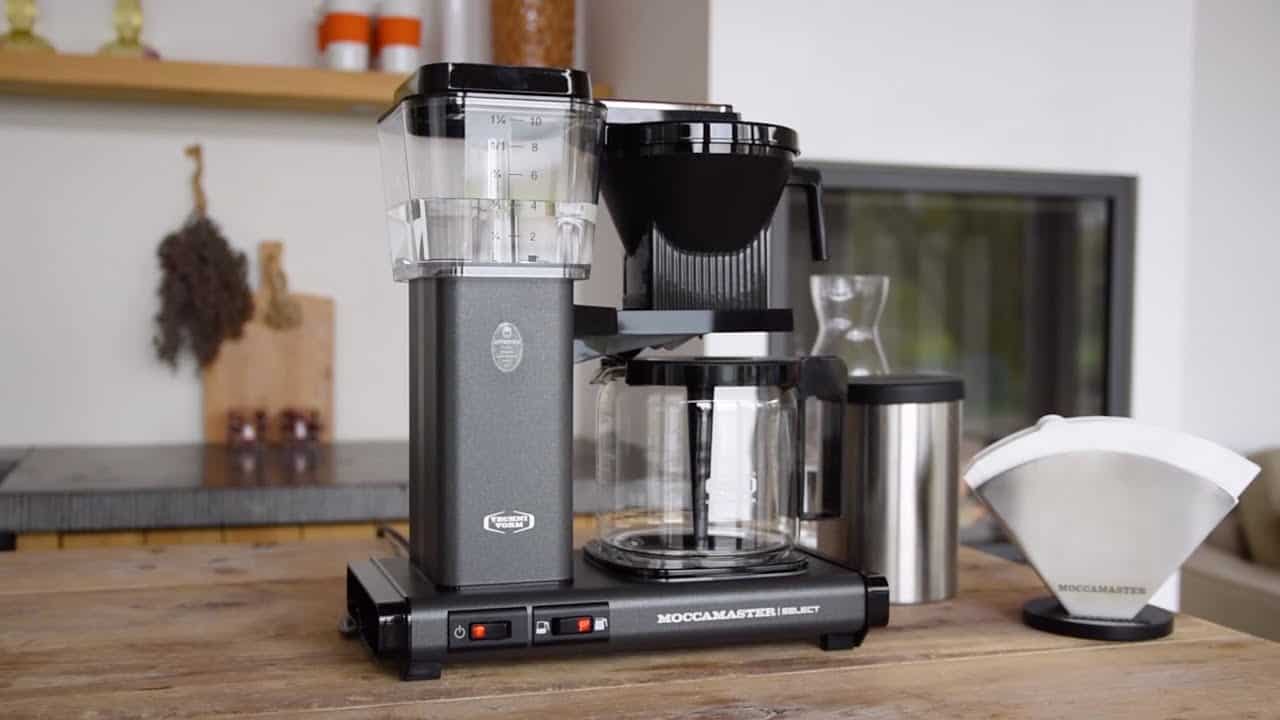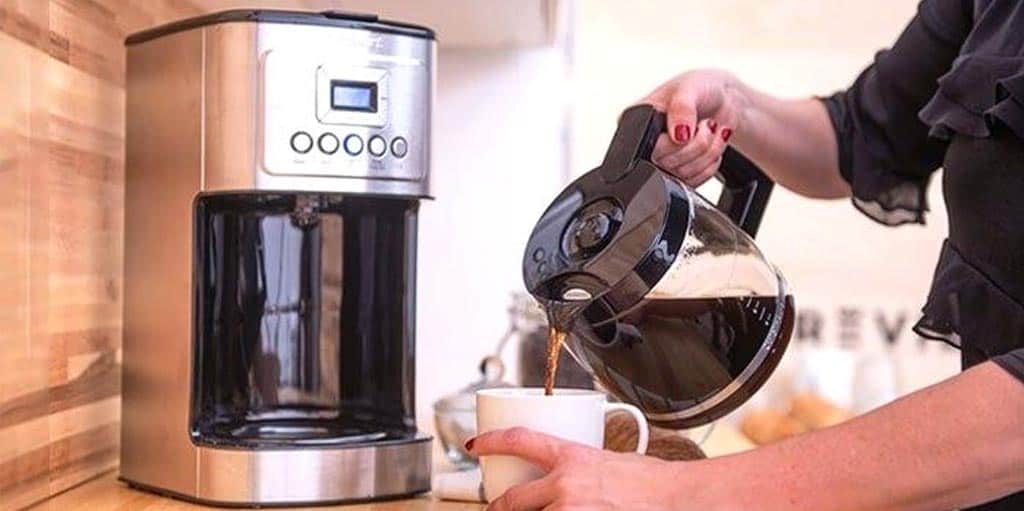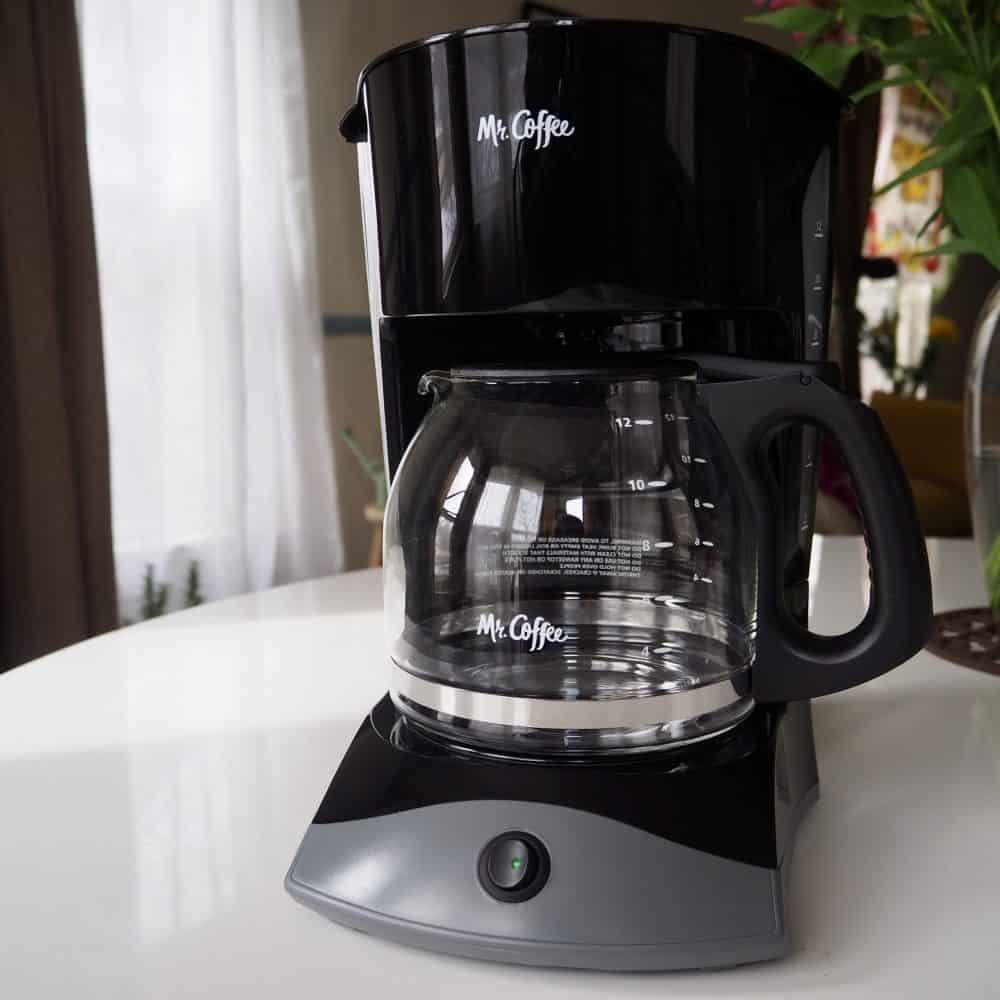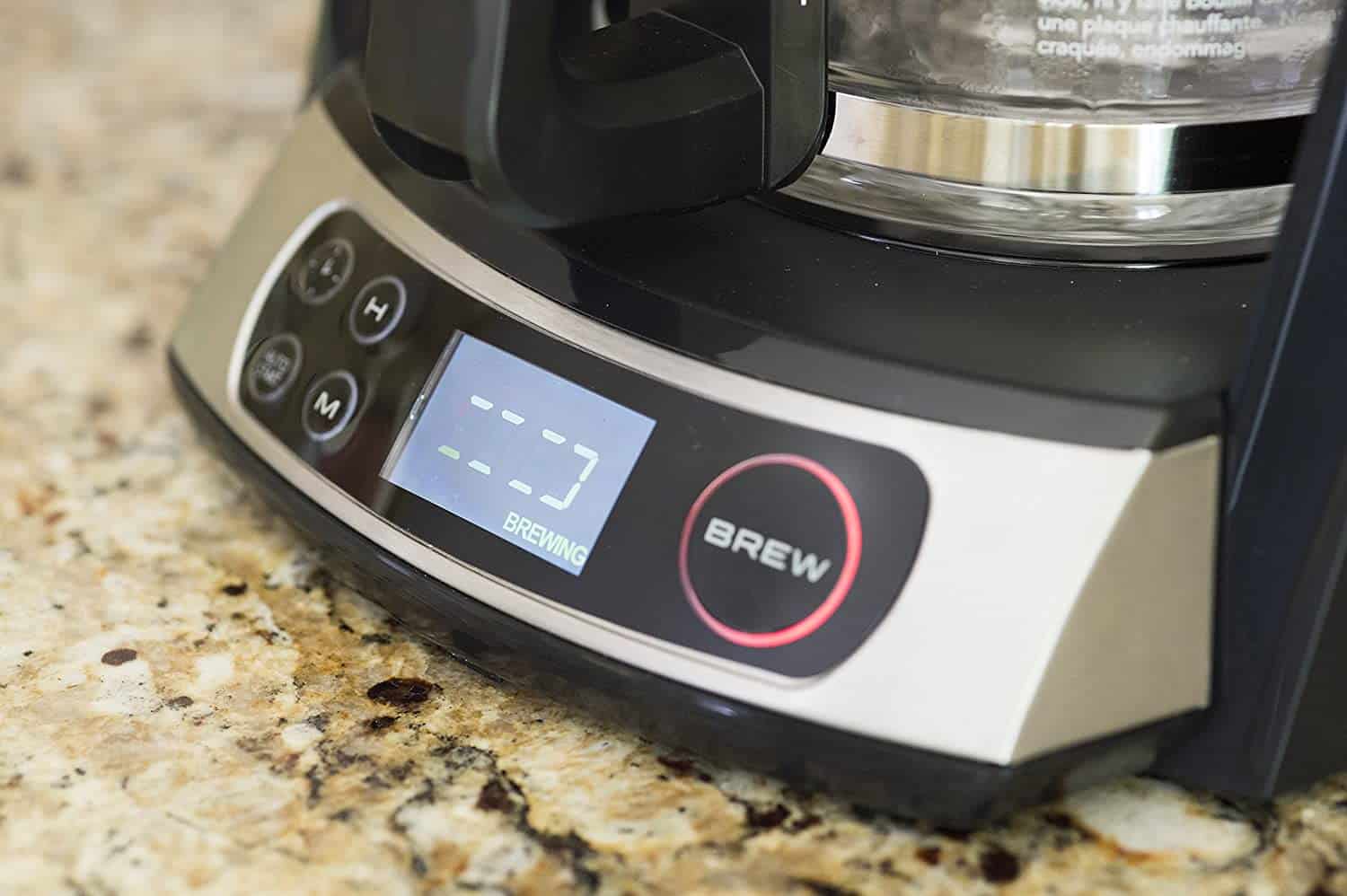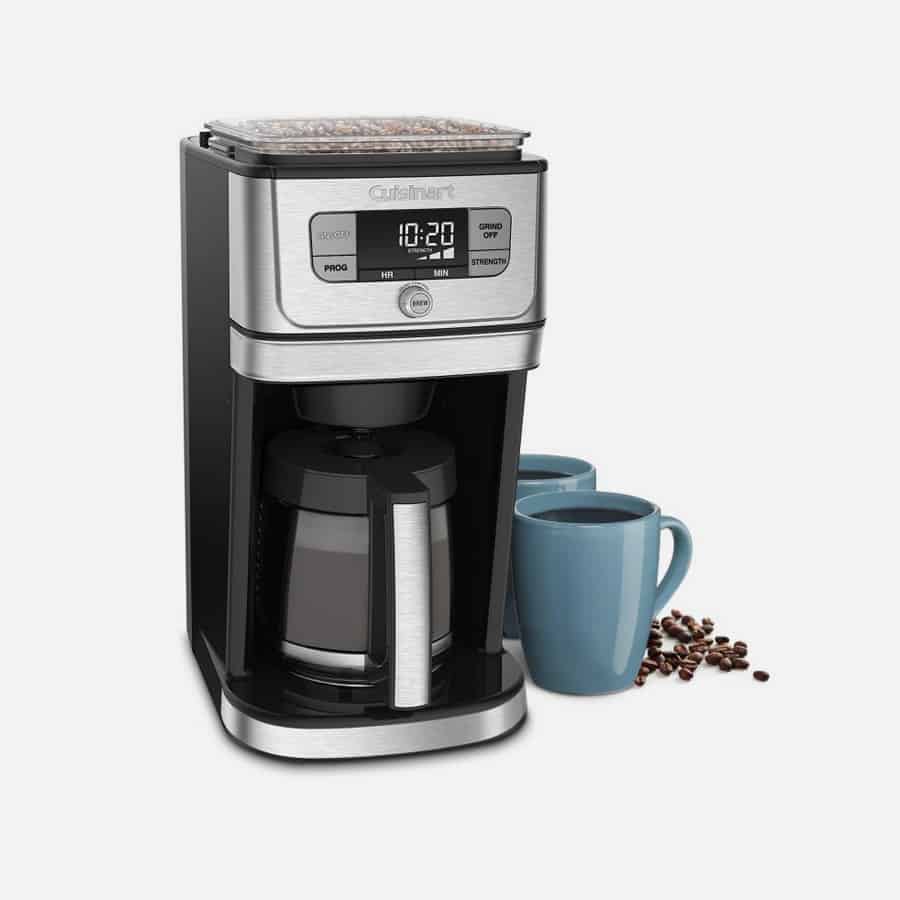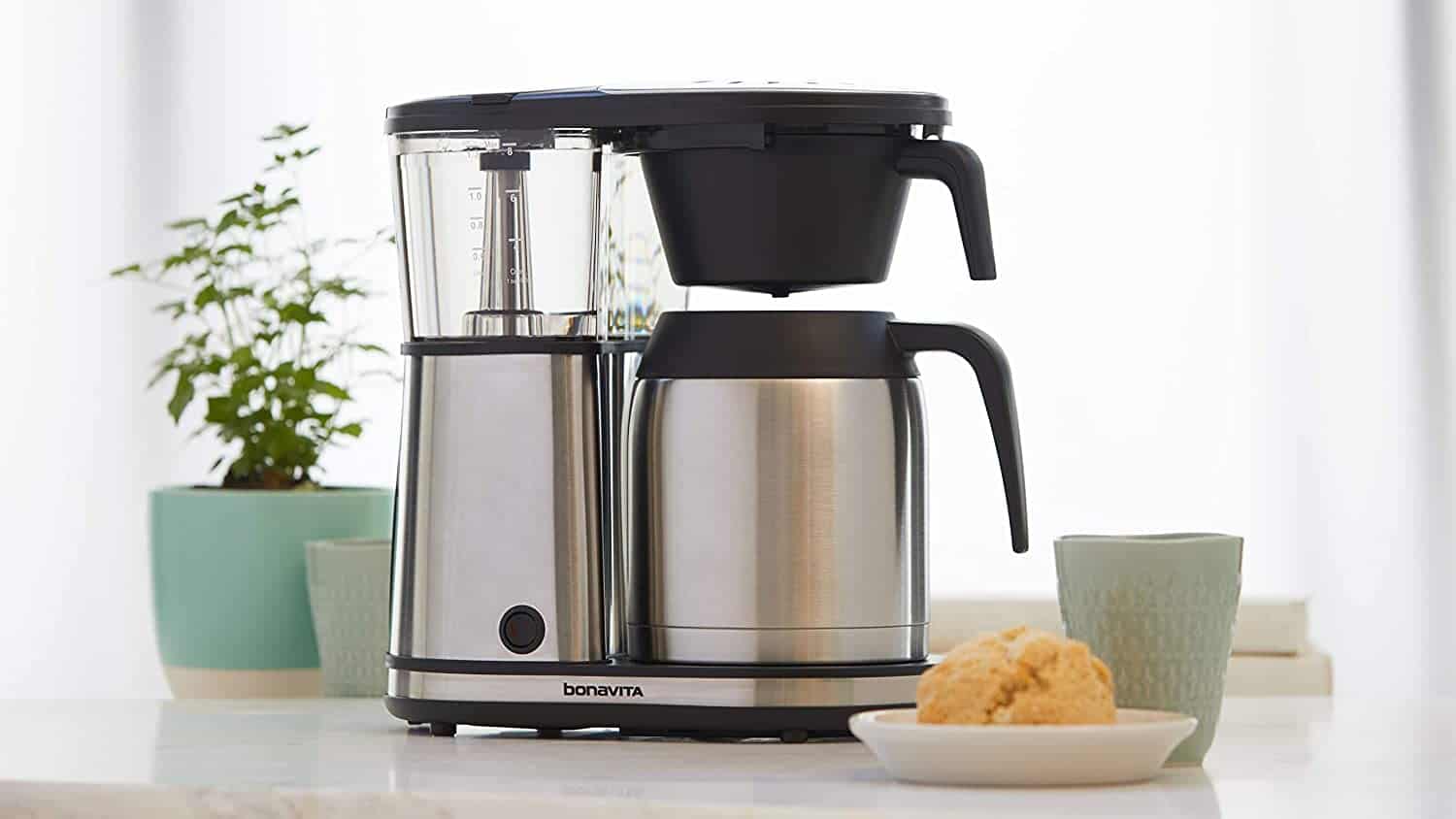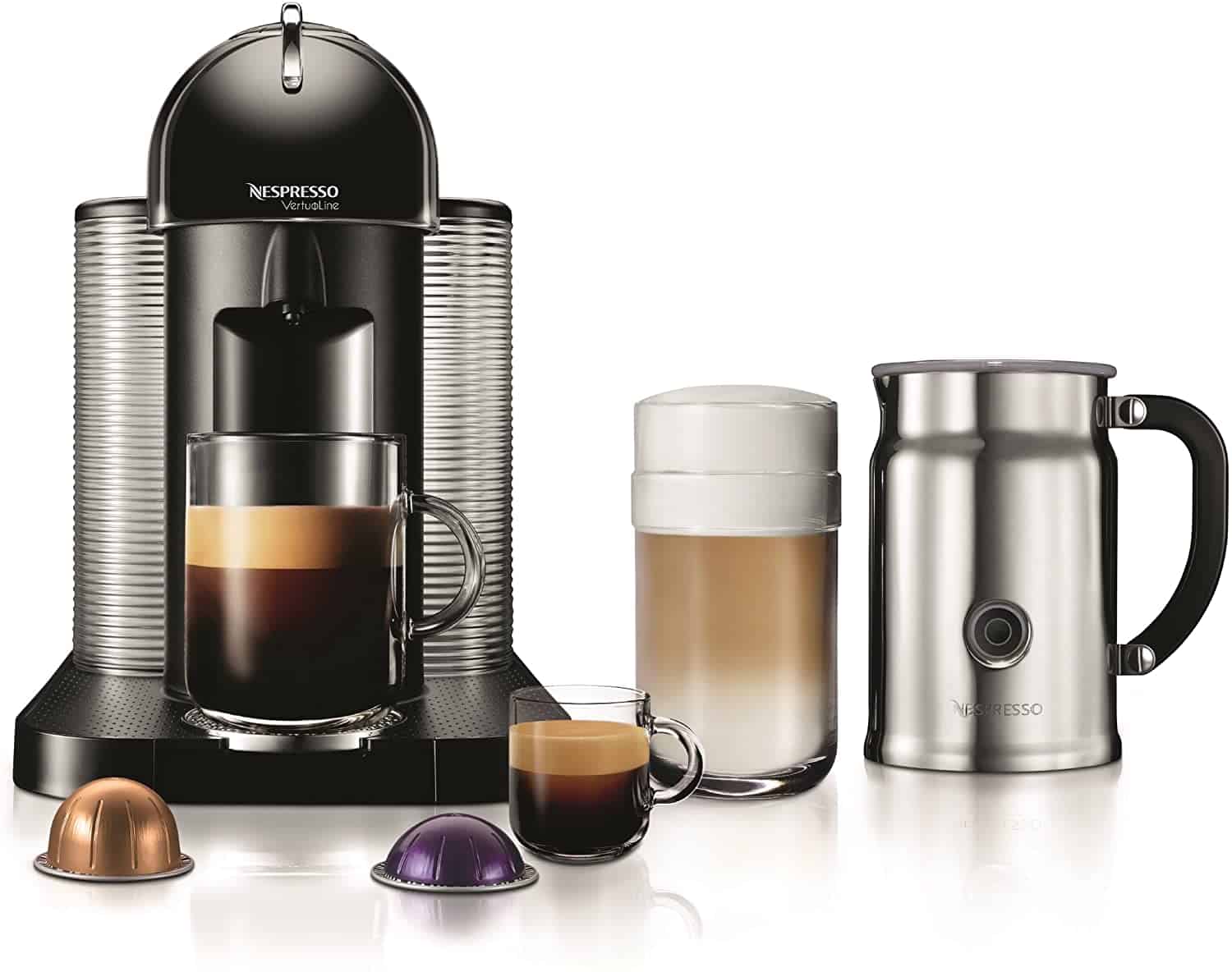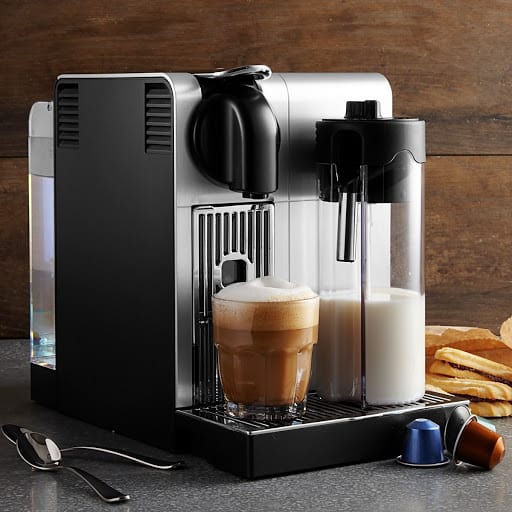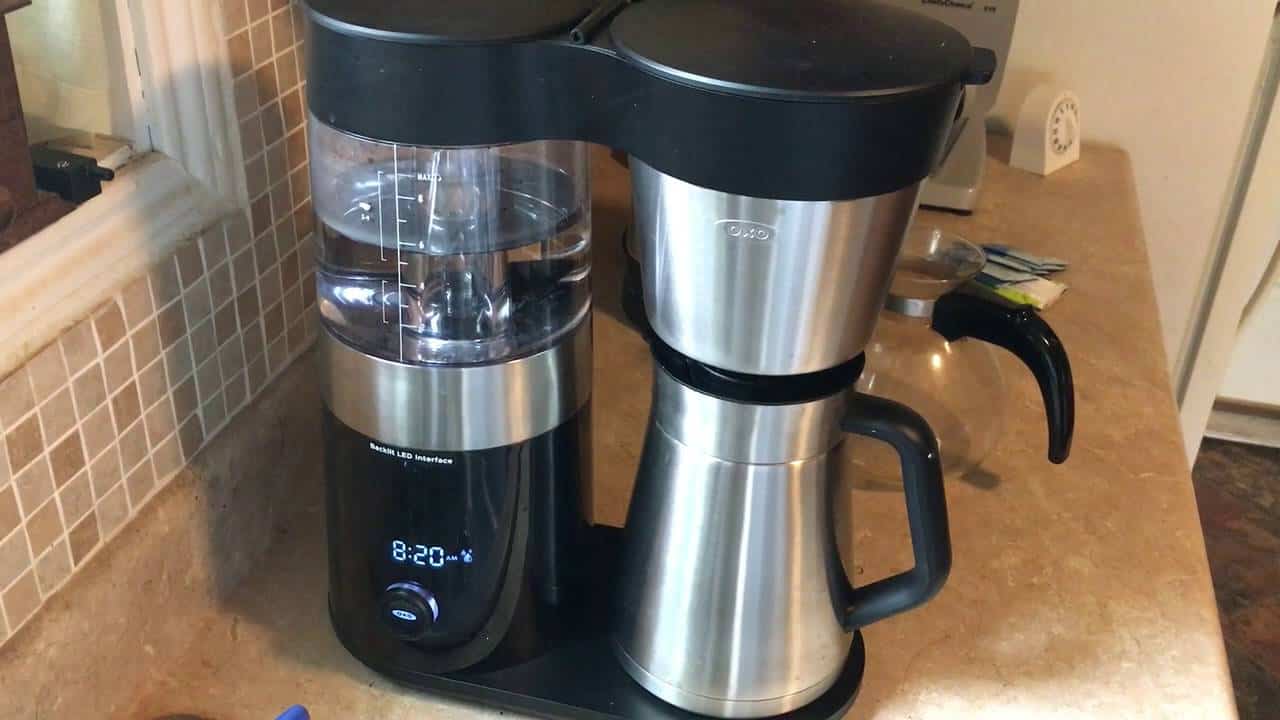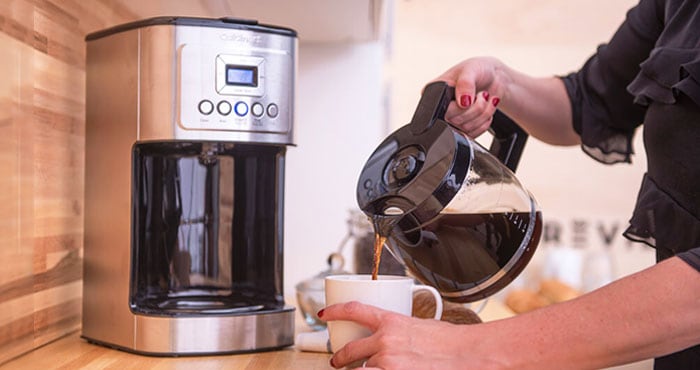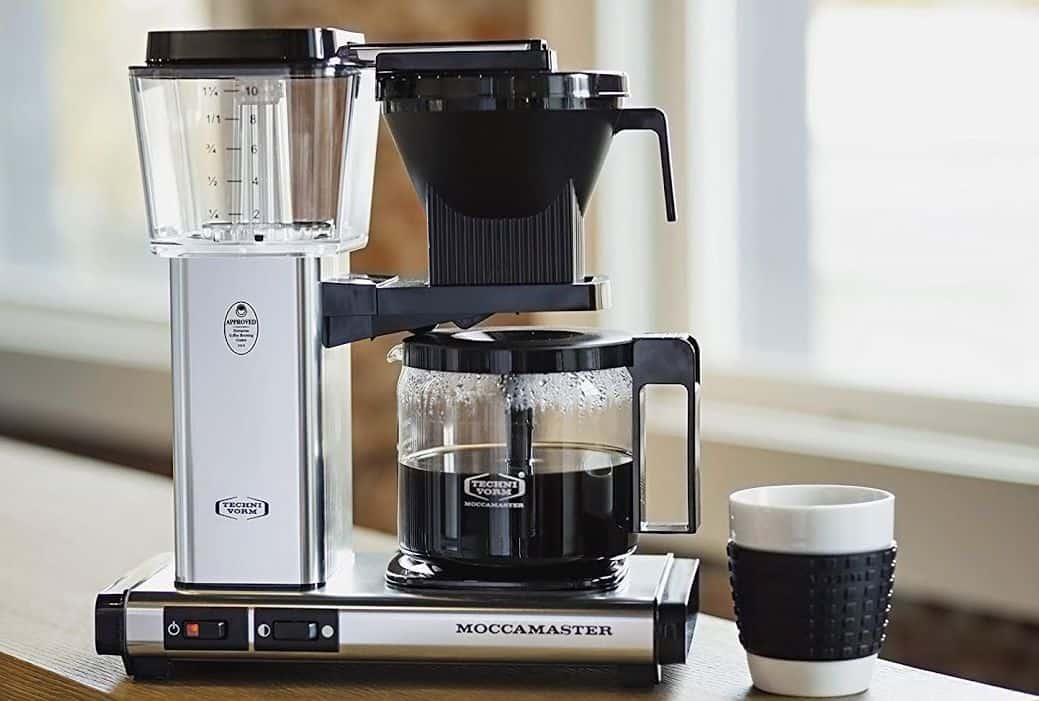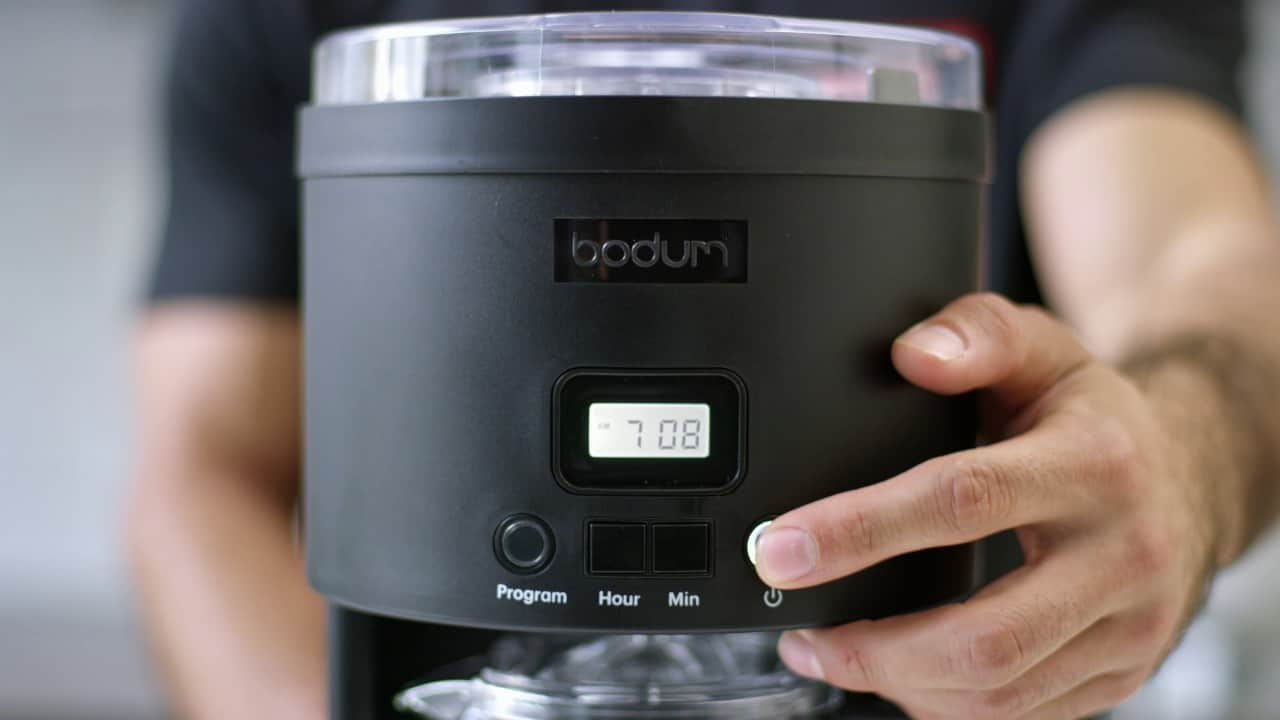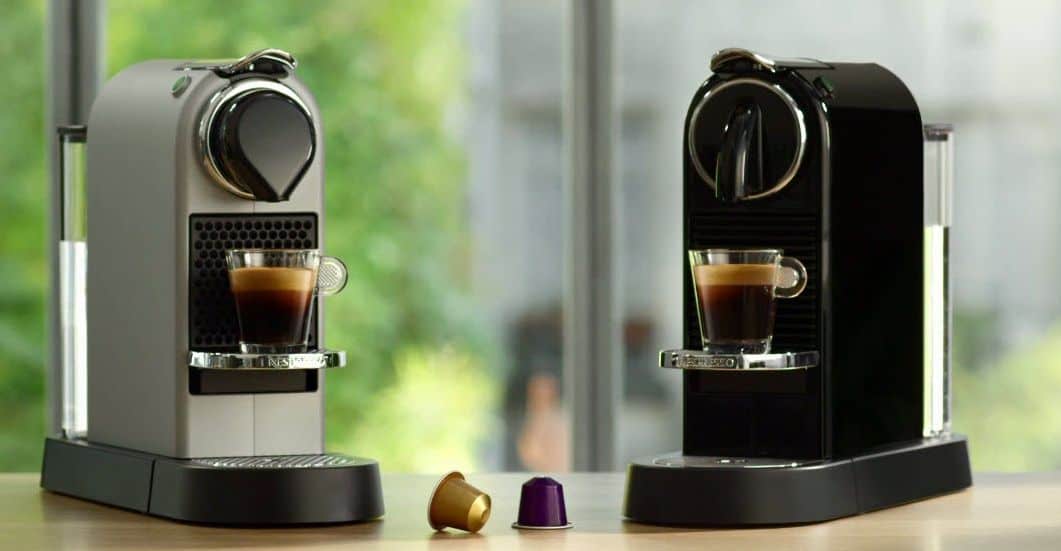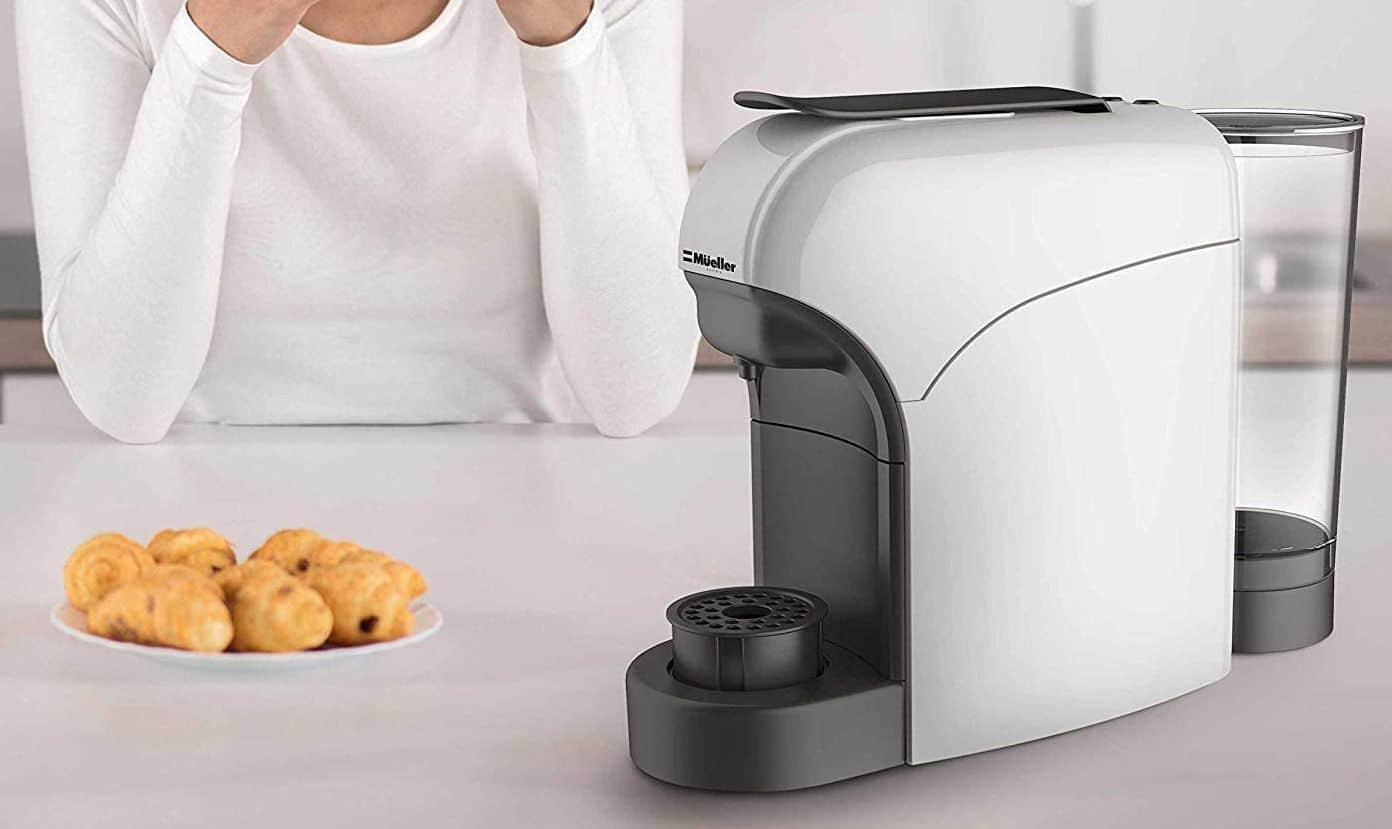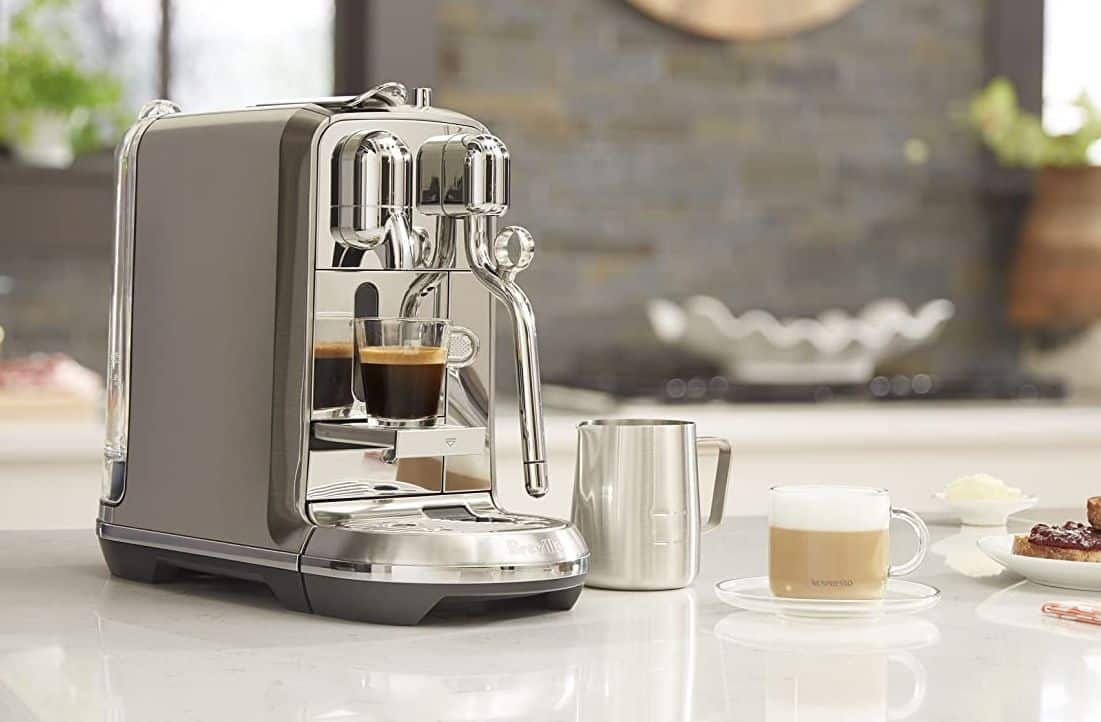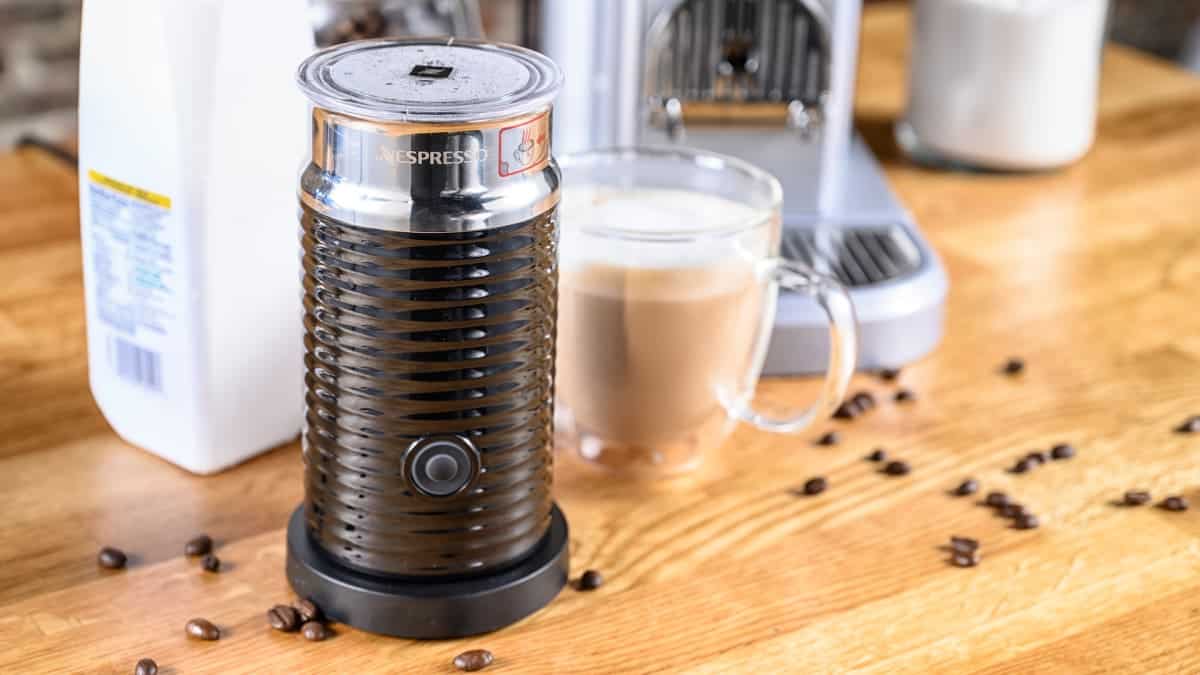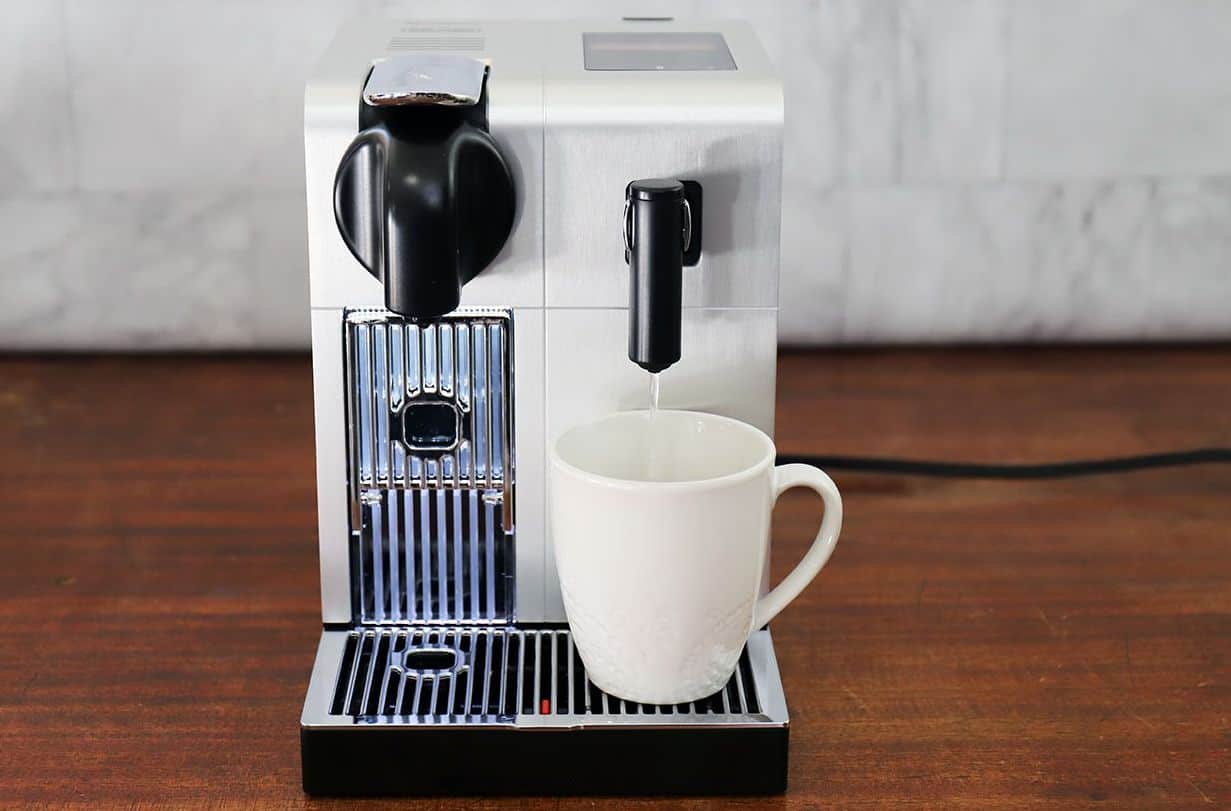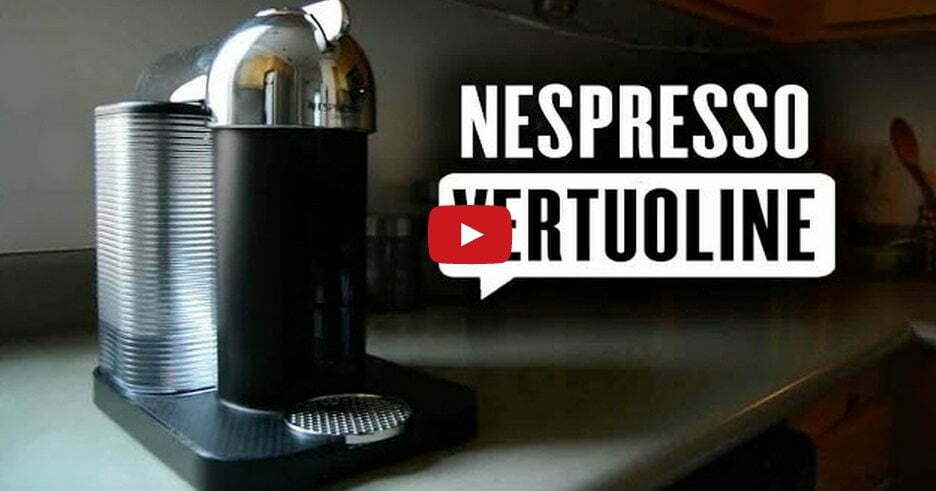Even if you have a top-tier coffee maker, you’re bound to run into issues eventually. One of the most frustrating coffee maker issues is getting ground coffee in your morning brew. You might assume that the point of using a filter basket is to keep oily coffee beans out of our pot, but why do you have grounds in your coffee maker? Read this guide, and we’ll explore how ground coffee sediment is getting into your coffee machine.
KEY TAKEAWAYS:
- If you have grounds in your fresh coffee, make sure you’re using the correct grind size for your filter.
- Make sure you have the correct size coffee filter for your drip coffee maker.
- Lastly, ensure your reusable coffee filter isn’t broken and that you’re using enough ground beans.
How Do I Keep Coffee Grounds Out of My Pot of Coffee?
While some consumers appreciate the strong brew cycle of a French press, most coffee drinkers appreciate the ease of a drip machine with a metal or paper filter. In addition to removing potentially harmful coffee oils, paper and metal filters keep coffee ground sediment from dirtying our fresh pot.
Insider Tip
Ground beans might wash into your morning coffee if your paper coffee filter isn’t in the brew basket correctly.
If instead of coffee grounds, you’ve found an ant colony in your brewer, we can tell you why you have ants in your coffee machine.
Wrong Grind Size
Each type of coffee maker calls for a unique grind size. For example, espresso coffee grounds need to be fine, while drip makers call for a coarser grind. If your grind is too fine, hot water will wash sediment into your coffee pot.
Wrong Filter Type
Even if you don’t know why coffee makers use filters, you should be able to tell if it’s the correct size for your machine. If your filter can sit in the coffee maker wrong, it is the wrong size for your brew basket. In addition, if your filter is too small, ground coffee will splash out of the filter as the brew cycle progresses.
Wrong Amounts of Ground Coffee
If you use too little coffee in your filter, your beans can splash out of the brew basket and into your drink. In addition, you’ll get weak coffee, which isn’t great either. Try adding an additional tablespoon of coffee if you think this is the issue.
Reusable Coffee Filter Malfunction
Reusable filters break down, and the glue holding the mesh will loosen over time. Ensure there aren’t any holes or tears in the mesh filter.
Warning
Do not unjam your bean grinder with your hands, especially if you have a cheap blade grinder with subpar parts. If you must use your hands, wear gloves to keep from getting injured.
F.A.Q.S
How to separate coffee grounds from brewed coffee?
Suppose your brewing process results in a cloudy cup of coffee. In that case, you can strain the mixture over a coffee cup or additional carafe. While we recommend a metal strainer, you can also place a clean metal filter over your mug to strain out any grinds.
How does a better quality French press reduce the risk of sediment?
A premium french press coffee maker has quality parts that ensure a clean brew. The mesh filter and rubber gaskets from the plunger act as a barrier along the carafe walls. That said, ensure you’re using percolator-size grounds.
How do I clean my dirty machine?
Use soap and tap water to clean the outside of the machine and the hot plate. Then mix boiling water and descaling solution into the water tank and do a brew cycle without coffee beans. Lastly, do one more cycle of hot or cold water, and the cleaning process is complete.
STAT: According to the USDA, experts predict that world coffee production in 2021/2022 will be down by up to 11 million bags of coffee. (source)





















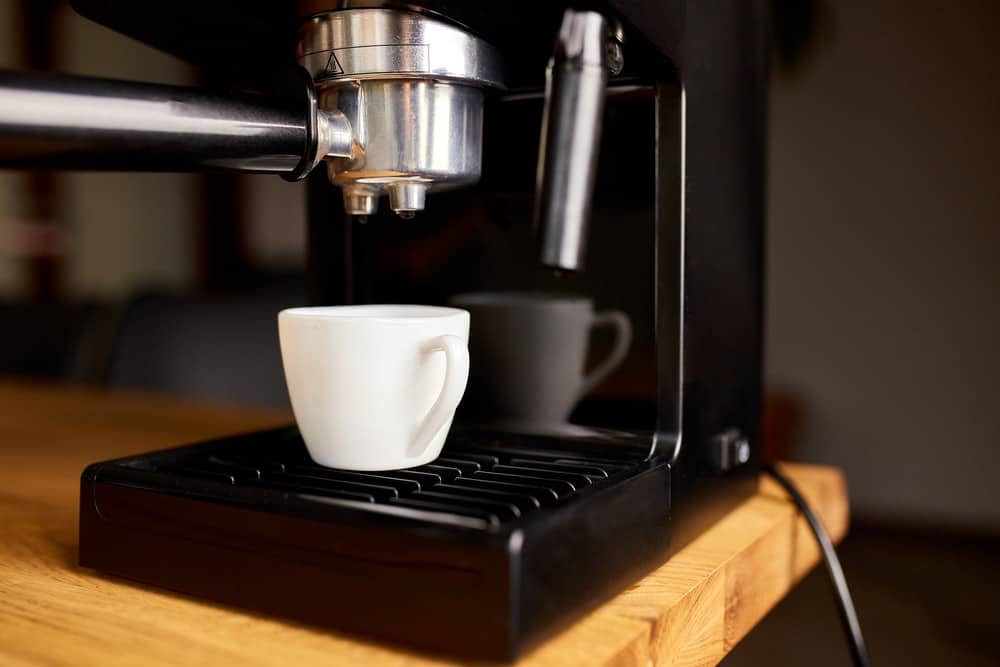
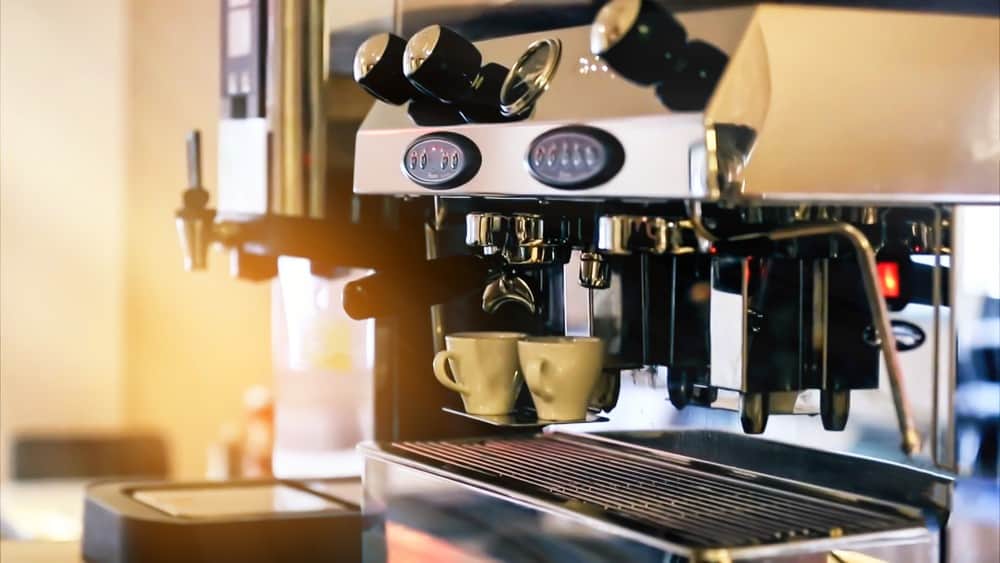
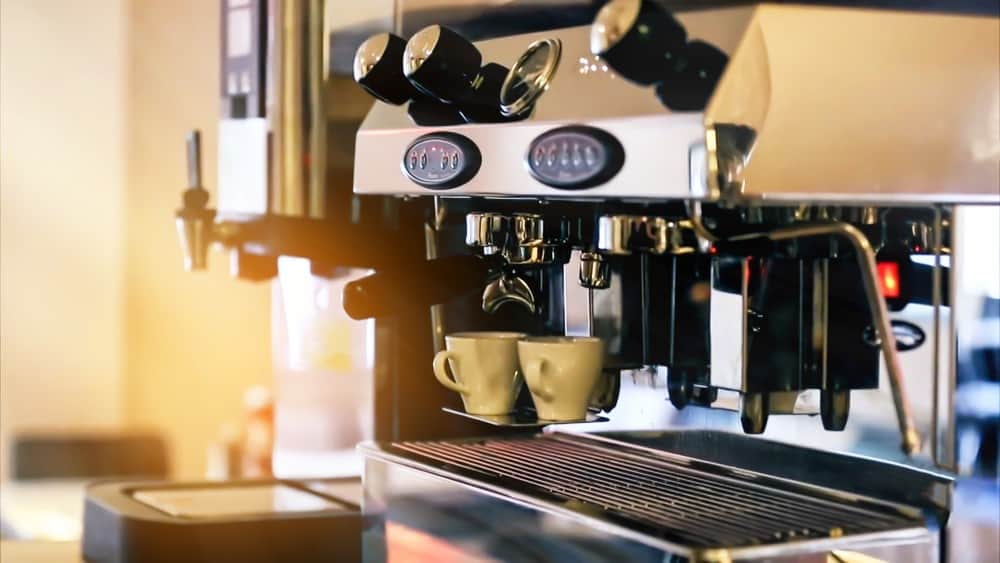
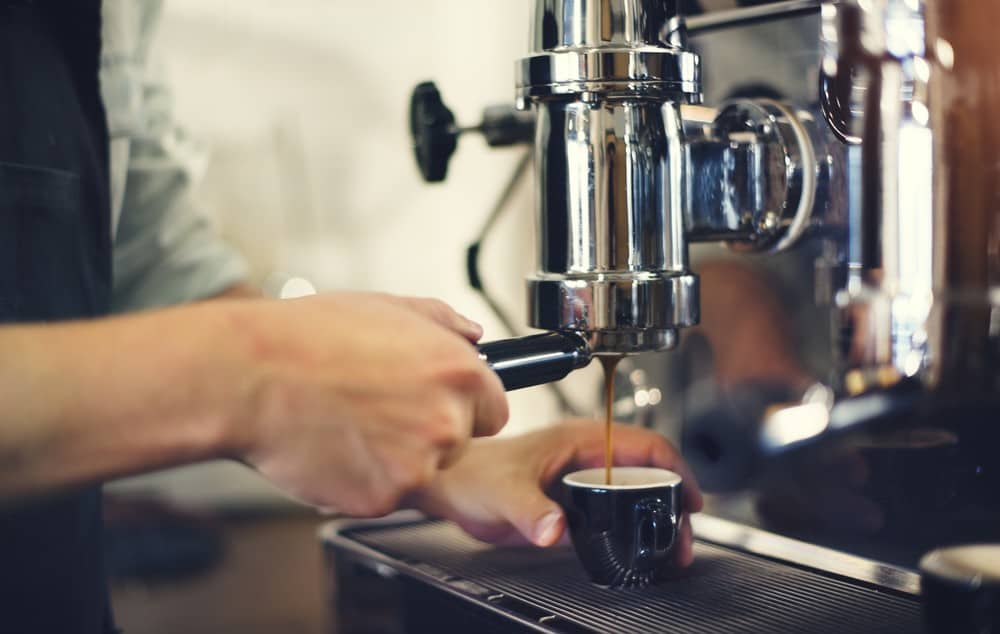
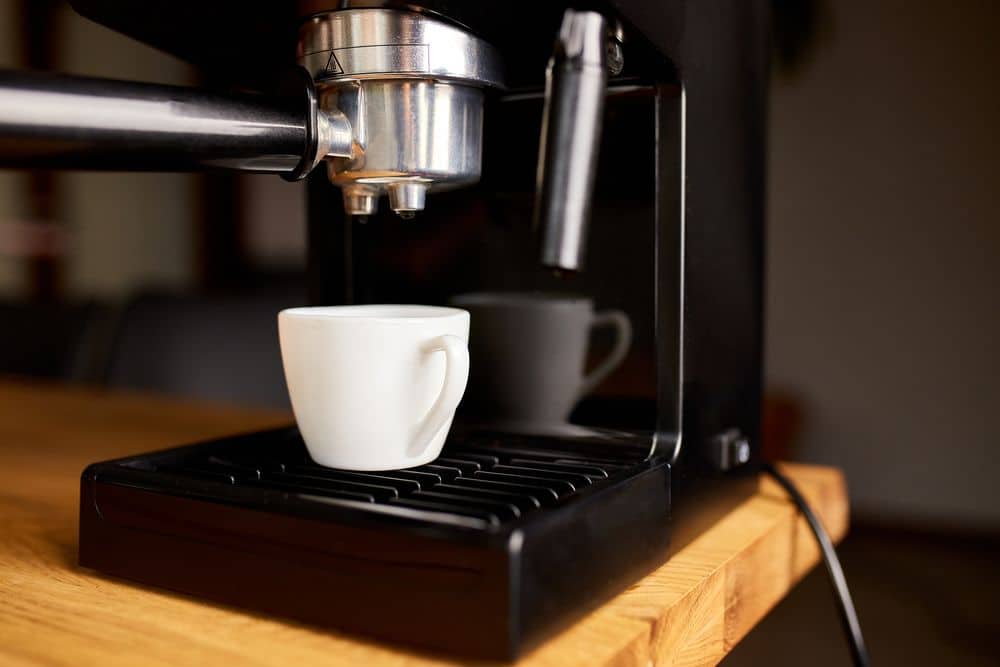
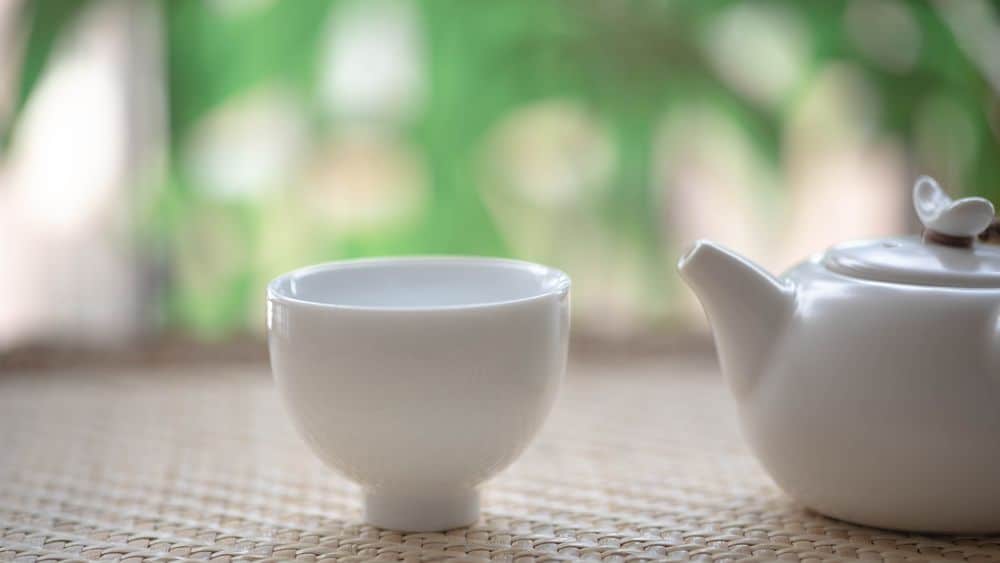
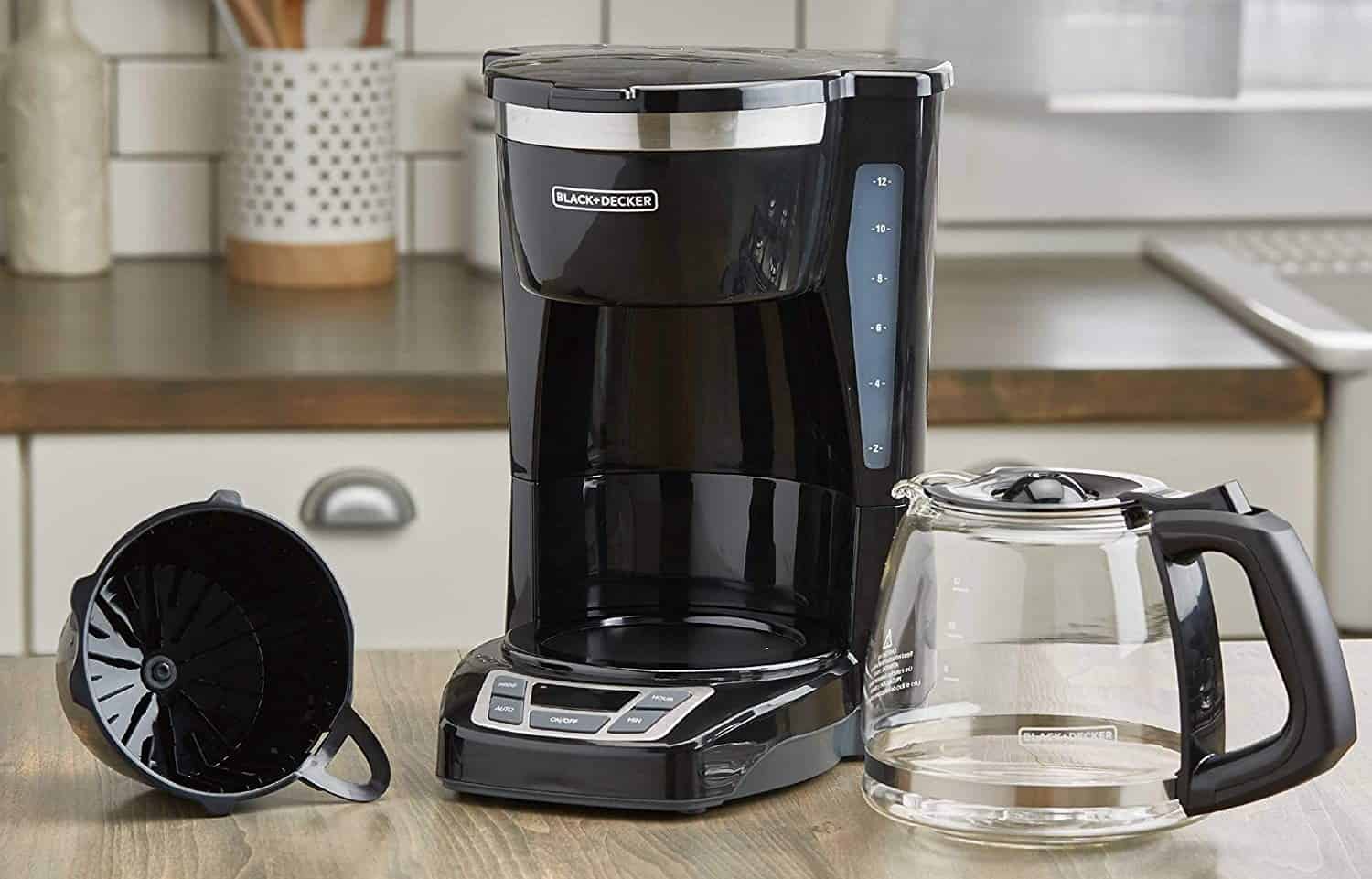
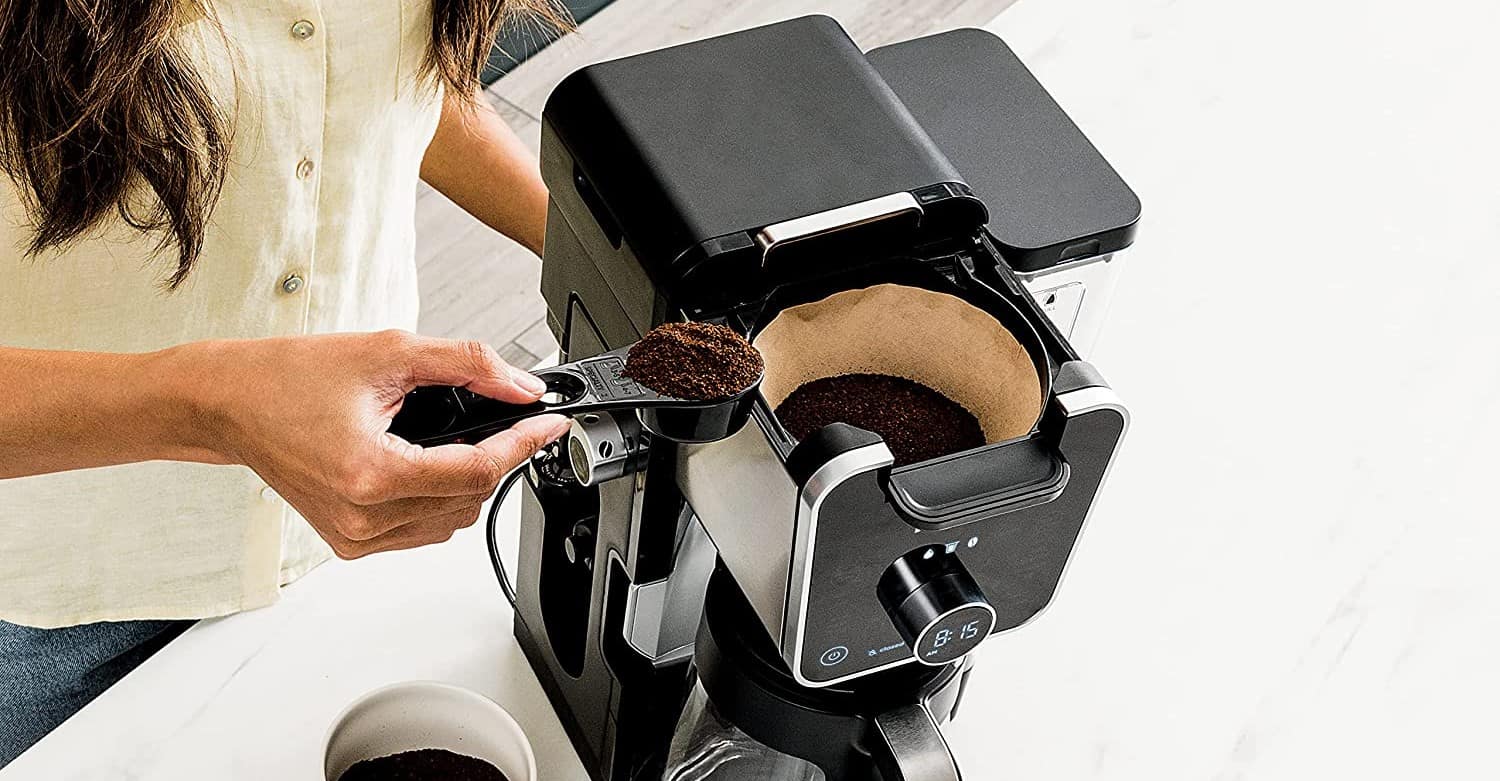

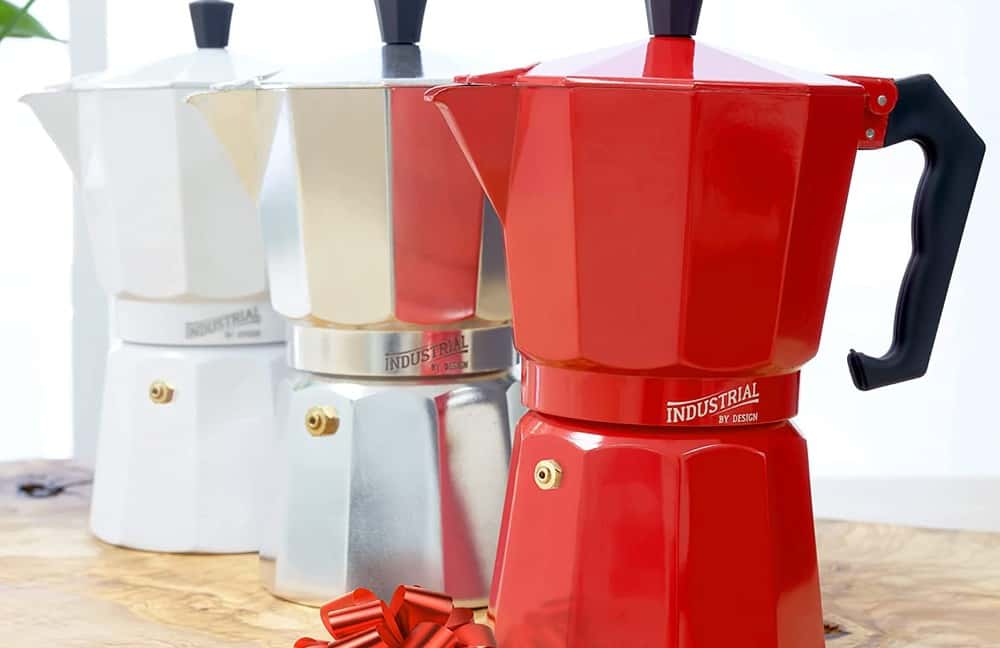


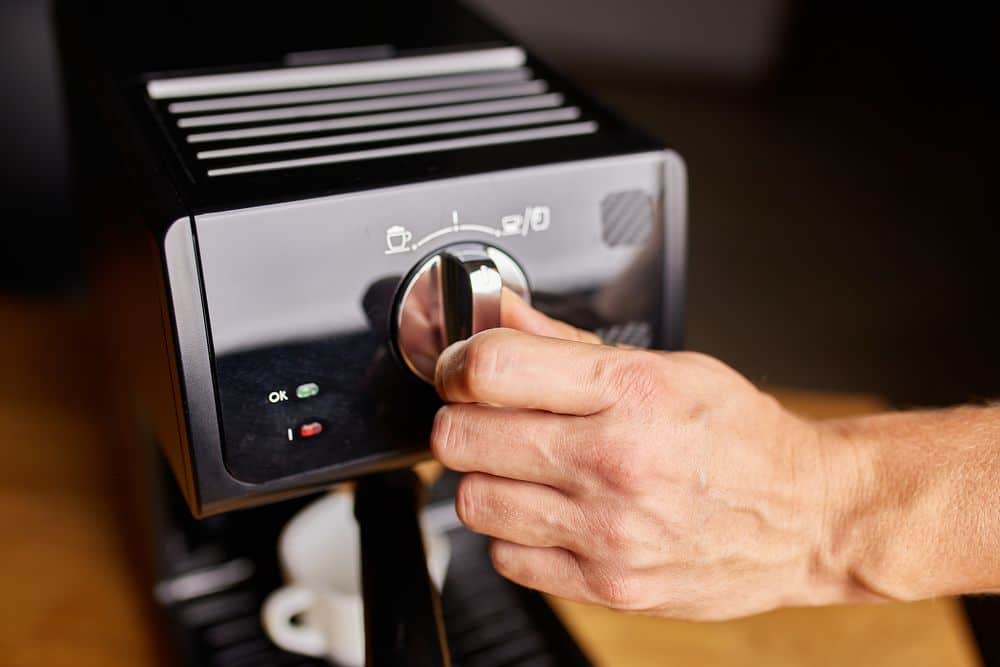

![Best Keurig Alternatives in [year] 27 Best Keurig Alternatives in 2025](https://www.gadgetreview.dev/wp-content/uploads/best-keurig-alternative-image.jpg)
![Best Semi Automatic Espresso Machines in [year] 28 Best Semi Automatic Espresso Machines in 2025](https://www.gadgetreview.dev/wp-content/uploads/best-semi-automatic-espresso-machine-image.jpg)
![Best Coffee and Espresso Makers in [year] 29 Best Coffee and Espresso Makers in 2025](https://www.gadgetreview.dev/wp-content/uploads/best-coffee-and-espresso-maker-image.jpg)
![Best Kitchen Appliances in [year] ([month] Reviews) 30 Best Kitchen Appliances in 2025 (April Reviews)](https://www.gadgetreview.dev/wp-content/uploads/best-kitchen-appliances.jpg)
![Quietest Coffee Makers in [year] 31 Quietest Coffee Makers in 2025](https://www.gadgetreview.dev/wp-content/uploads/quietest-coffee-maker-image.jpg)
![Best Prosumer Espresso Machines in [year] 32 Best Prosumer Espresso Machines in 2025](https://www.gadgetreview.dev/wp-content/uploads/71ytF6efAlL._AC_SL1500_.jpg)
![Best Single Serve Coffee Maker No Pods in [year] 33 Best Single Serve Coffee Maker No Pods in 2025](https://www.gadgetreview.dev/wp-content/uploads/best-k-pod-coffee-image-1.jpg)
![Best Coffee Makers for Hard Water in [year] 34 Best Coffee Makers for Hard Water in 2025](https://www.gadgetreview.dev/wp-content/uploads/best-coffee-maker-for-hard-water-image.jpg)
![Best Dual Boiler Espresso Machines in [year] 35 Best Dual Boiler Espresso Machines in 2025](https://www.gadgetreview.dev/wp-content/uploads/best-dual-boiler-espresso-machine-image.jpg)
![Best 5 Cup Coffee Makers in [year] 36 Best 5 Cup Coffee Makers in 2025](https://www.gadgetreview.dev/wp-content/uploads/best-5-cup-coffee-maker-image.jpg)
![Best Commercial Coffee Makers in [year] 37 Best Commercial Coffee Makers in 2025](https://www.gadgetreview.dev/wp-content/uploads/best-commercial-coffee-maker-image.jpg)
![Best Commercial Espresso Machine for a Small Coffee Shop in [year] 38 Best Commercial Espresso Machine for a Small Coffee Shop in 2025](https://www.gadgetreview.dev/wp-content/uploads/best-commercial-espresso-machine-small-coffee-shop-image.jpg)
![Best Coffee for Moka Pot in [year] 39 Best Coffee for Moka Pot in 2025](https://www.gadgetreview.dev/wp-content/uploads/best-coffee-for-moka-pot-image.jpg)
![Best USA Made Coffee Makers in [year] 40 Best USA Made Coffee Makers in 2025](https://www.gadgetreview.dev/wp-content/uploads/best-usa-made-coffee-makers-image.jpg)
![Fastest Coffee Makers in [year] 41 Fastest Coffee Makers in 2025](https://www.gadgetreview.dev/wp-content/uploads/fastest-coffee-maker-image.jpg)
![Best SCAA Certified Coffee Makers in [year] 42 Best SCAA Certified Coffee Makers in 2025](https://www.gadgetreview.dev/wp-content/uploads/best-scaa-certified-coffee-maker-image.jpg)
![Best Smart Coffee Makers in [year] 43 Best Smart Coffee Makers in 2025](https://www.gadgetreview.dev/wp-content/uploads/best-smart-coffee-maker-image.jpg)
![Best Coffee Makers for RV in [year] 44 Best Coffee Makers for RV in 2025](https://www.gadgetreview.dev/wp-content/uploads/best-coffee-maker-for-rv-image.jpg)
![Best Ninja Coffee Makers in [year] 45 Best Ninja Coffee Makers in 2025](https://www.gadgetreview.dev/wp-content/uploads/best-ninja-coffee-maker-image.jpg)
![Best Breville Espresso Machines in [year] 46 Best Breville Espresso Machines in 2025](https://www.gadgetreview.dev/wp-content/uploads/best-breville-espresso-machine-image.jpg)
